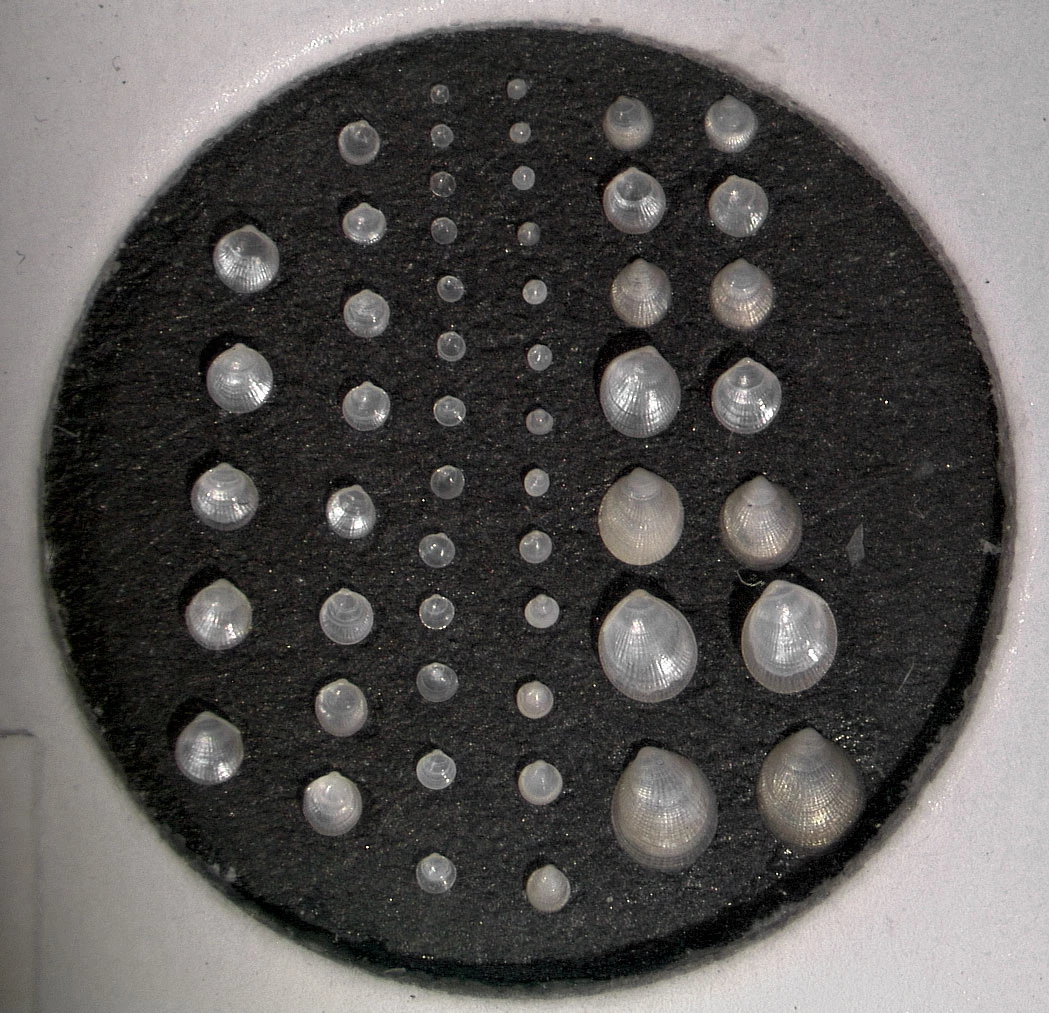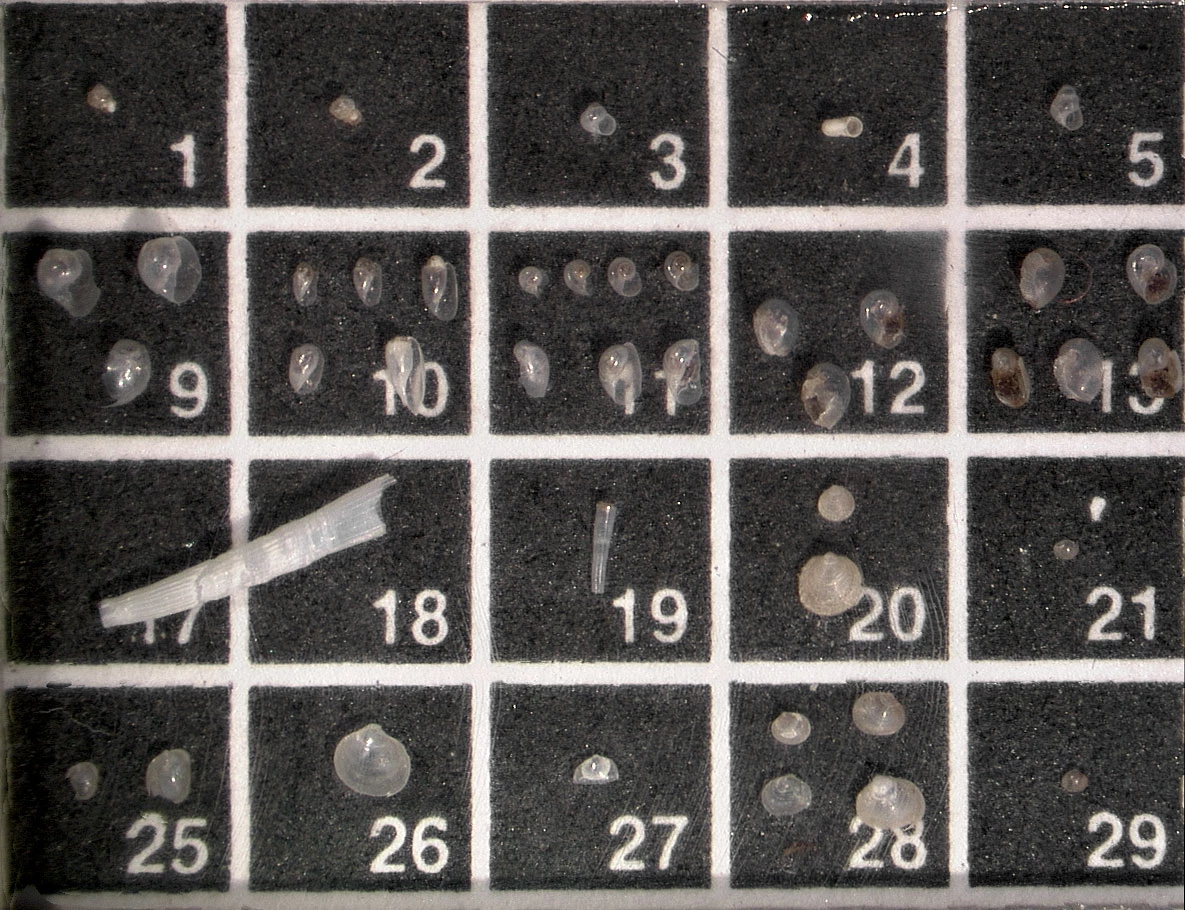Curation of a British Shell Collection
, 20 October 2015
We are delighted to welcome our new intern, Theo Tamblyn, to the Invertebrate Diversity Section of the Department of Natural Sciences. Theo is currently in his gap year between A Level’s and university and is looking into studying an Earth Sciences degree at either Bristol University or UCL next year. Theo’s passion for the natural world started at a young age, firstly with a focus on insects, which then evolved into collecting and learning about shells (molluscs), aided by his 8 year membership to the Conchological Society of Great Britain & Ireland. He is no stranger to the Department, having already undertaken work experience with the Mollusca Curators whilst still at school, and Theo is keen to work with us once again. So, what will he be doing...
The Ted Phorson collection
Theo will be spending a total of 3 months with us curating and databasing the Ted Phorson collection, which was bequeathed to us in 2006. This collection, although primarily British marine molluscs, also contains lamp shells (Brachiopods), seed shrimp (Ostracods) and a group of miniscule marine seafloor dwelling animals known as forams (Foraminifera). It is a complex collection consisting of a mixture of microscope slides, growth series, loose micro-specimens and larger shell material. You can see from Figs. 3 and 4 that the slides and growth series in particular are often extremely beautiful.
Small but perfectly formed
The uniqueness of Ted Phorson’s collection comes from the fact that he meticulously picked out the tiny shells found in fine un-sieved shell-sand, therefore capturing the juveniles (young) of many species. Juveniles are an ongoing problem for scientists, with very few illustrations published of even the most common species, and so a reference collection like Ted Phorson’s is invaluable. The work that Theo carries out will make this collection accessible for the first time - it can then be utilised for Museum research projects such as the Marine Bivalve Shells of the British Isles, as well as being a useful resource for external users.
We are grateful to the Conchological Society of Great Britain & Ireland who have kindly part-funded Theo Tamblyn’s internship.






Comments - (1)